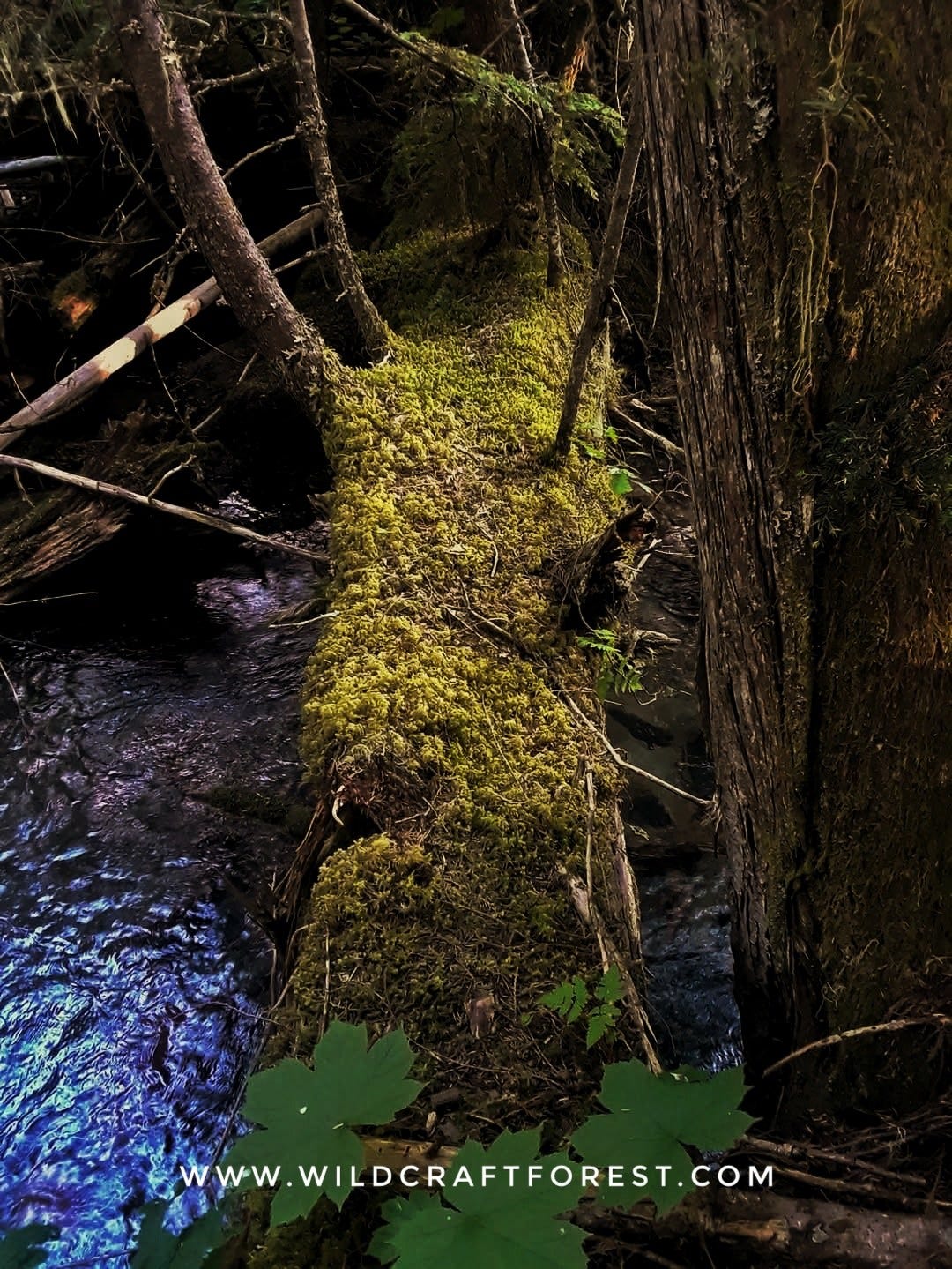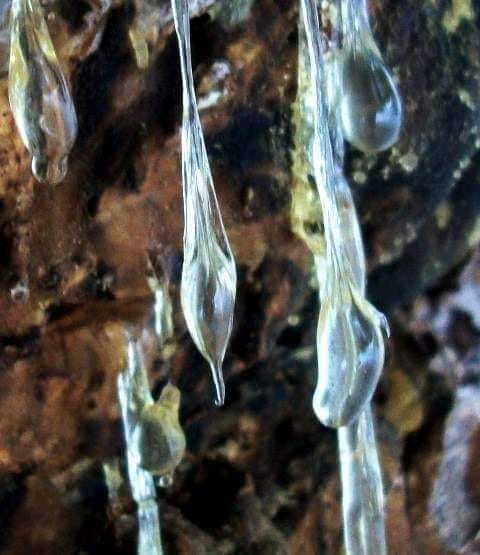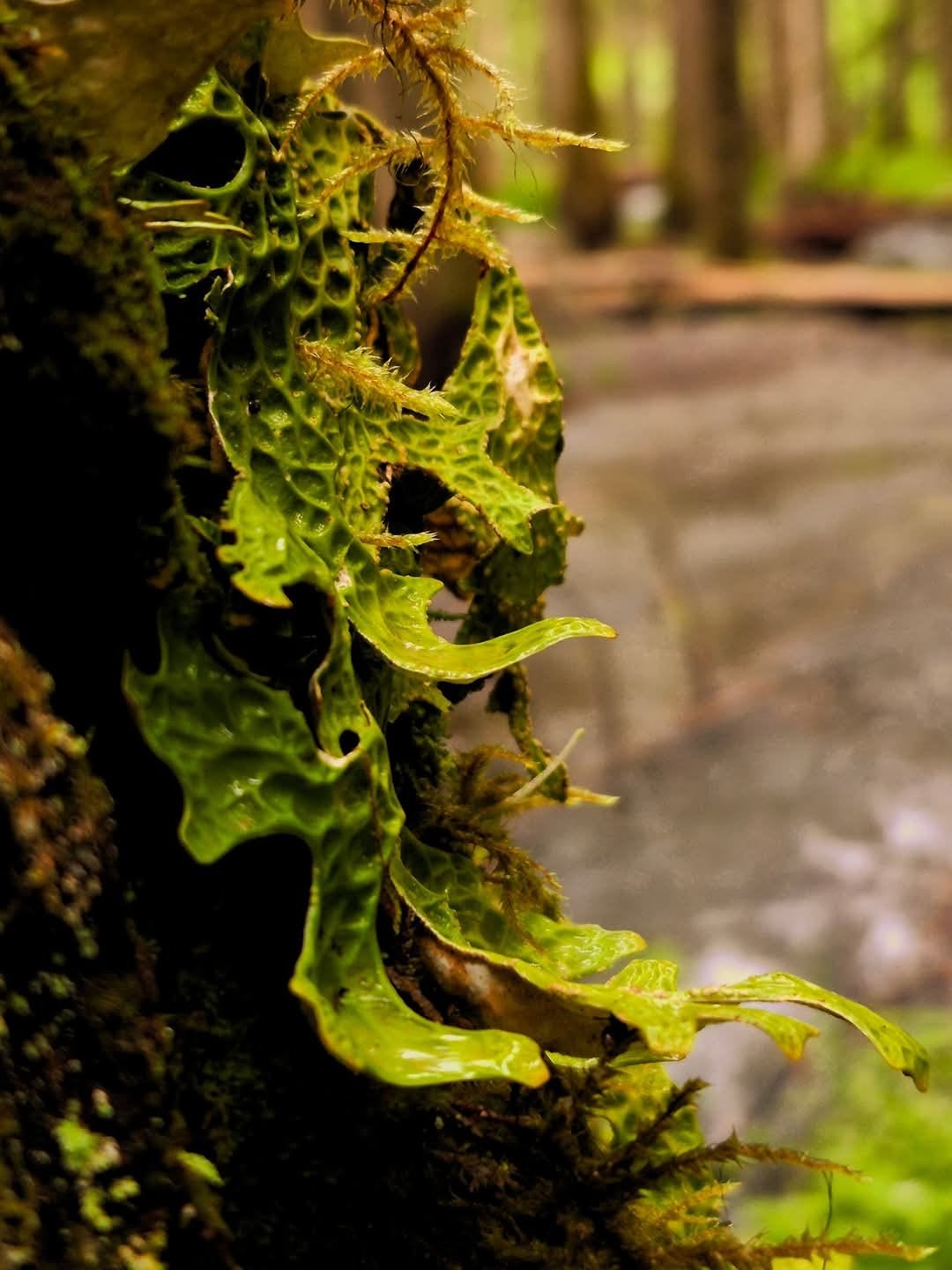Trees and forests represent our extended family – our kin
Re-discovering Kincentric Ecology and how our ancestors developed sacred understandings of how trees could heal
"When we approach with reverence, great things decide to approach us. Our real life comes to the surface and its light awakens the concealed beauty in things. When we walk on the Earth with reverence, beauty will decide to trust us. The rushed heart and arrogant mind lack the gentleness and patience to enter that embrace.”
― John O'Donohue, Beauty: The Invisible Embrace
Create a meaningful bridge into nature. Within our forest therapy programs we share what we know about "positive" and "negative" space. This becomes yet another way we can explore the cosmic intelligence of nature and how she might be communicating with us.
The land is the text by which we learn to live. Her secrets represent everything we need to know about applying life’s foundation. Nature provides us with a code, which unlocks an ancient wisdom that exists within each of us. The greatest connection we have to her spirit is our role as the stewards of Gaia’s ideas about herself. The gift she gives us to create compositions; a song, a painting, a poem or a tapestry, demonstrates our dance with her two lovers...nature and the cosmos.
The idea that leads to a composition is a dance with the cosmos; while transforming that idea into a form, is a dance with nature. We are fantastic and at the same time we are blessed as we dance with the embodiment of the universe – the Great Mother.
The "extended mind" is an idea within the field of “philosophy of mind”, often called “extended cognition”, which holds that the reach of the mind need not end at the boundaries of skin and skull. Tools, instruments and other environmental props can under certain conditions also count as proper parts of our mind.
Similarly, there is “extended nature” which holds that the reach of natural systems not end at the boundaries of a forest or wetland.
Extended Nature can exist within the natural material gathered from nature, which then carries energy and memory that taps into certain primal algorithms that exist within each of us.
We just need to tune in.
Wild forests are rich in biodiversity and hold the necessary balance required for our planet to survive. When we walk in a forest our levels of white blood cells increase and it also lowers our pulse rate, blood pressure and level of the stress hormone cortisol. Plants emit chemicals called phytoncides which are antimicrobial allelochemic volatile organic compounds derived from plants. The word means "exterminated by the plant" and includes more than 5,000 volatile substances, which are tasked with defending plants and trees from bacteria, fungi and insects.
These natural emissions can provide us with the strength to build our immune system and regenerate our health. This exposure increases our level of "natural killer" cells, which are part of a person's immune response to cancer.
Humans have been exposed to a forest environment for much of our evolutionary history and it might be safe to assume that after millions of years we came to understand that our survival depended on these places. 8000 years ago the “Archaic” cultures of eastern North America began to fine-tune their wisdom regarding wild plants and trees. By the time Columbus arrived their descendents had developed advance Earth-based civilizations.
From the wild they utilized 275 different species of plants and trees for medicine, 130 for food, 31 as magical charms, 27 for smoking, 25 for dyes, 18 for beverages and flavoring and 52 others for various other purposes.
Their relationship with the wild became known as “multiple use conservation”.
In many regions, ancient people considered the evergreen as a key element of life-force. Particularly Pines, Firs and Spruce trees, they were frequently associated with dwelling places of fairies and gnomes, and thought of as benevolent, refreshing places where tired walkers can safely rest in the protective aura of the tree. They symbolize humbleness, good fortune and prosperity, fertility and protection. Their needles stay green even through the harsh winter months, and thus their evergreen nature has been interpreted as a sign of their vitality. Farmers sought to transfer this vital force and its protective powers to their barns and stables by sweeping them with brushes bound from Pine twigs and pinning some above the doors as well. They were thought to ward off witchcraft and protect house and cattle from misfortune, disease and even lightning. In Germany a modern practice echoes this belief. Once the foundations of a new building are laid, the raw structure is crowned with a decorated pine tree, to attract protection and prosperity – and this belief may have evolved into the Christmas Tree.
To early healers, trees were the ultimate vehicles for understanding the different dimensions within the cosmos. In early Shamanic cultures and even to this day the centerpole in the Shamans lodge is actually a tree. This Cosmic tree holds up the sky. Its roots reach far down into the “underworld”; the trunk of the tree connects to the “middle world” where human existence resides; and the far tips of the branches connect to the “sky world”. From the sky world the Shaman can jump and fly throughout the celestial cosmos. By understanding and connecting with trees you can connect to other dimensions that are largely unknown to you right now.
According to the ancient Greeks, all the trees in the Dodona (northwestern Greece, Epirus) grove (the forest beside the sanctuary of Zeus) became endowed with the gift of prophecy, and the Oaks not only spoke and delivered oracles while in a living state, but when the wood was constructed into a ship called the “Argo” that the wood spoke and warned of approaching calamities. The Greeks also believed that the rustling of the leaves from an Oak tree was regarded as the voice of Zeus.
"I also heard the voices of the trees … whose passions I uncovered. I wanted to talk with them … and put my finger on the secret of their majesty."
- Artist Théodore Rousseau (1812-1867)
In Japan, a “kodama” is a spirit that lives in a tree. Also, trees with a kodama living in them are also called kodama. Also, the phenomenon called yamabiko where sound is reflected after some delay from mountains and valleys is sometimes seen as the deed of this kind of spirit, and these are also called kodama. These spirits are considered to be very active moving through the mountains at will. A kodama in its outer appearance looks very much like an ordinary tree, but when one attempts to cut it down, one would become cursed or become ill or might lose a part of their soul.
Kodama has some sort of mysterious supernatural power. Those trees that have kodama living in them are passed down by the elderly of that area over successive generations and protected, and it is also said that trees that have a kodama living in them are of certain kinds. There is also the theory that when old trees are cut, blood would come forth from them.
Kodama might have been an early instrument of stewardship, protecting old seed trees which supported the regeneration of a forest.
“Nats” are spirits worshipped in Myanmar (or Burma) in conjunction with Buddhism. Among the nats are nature spirits. The widespread traditional belief among rural folks that there are forest guardian spirits called “taw saung nats” and mountain guardian spirits called “taung saung nats”. These gaurdians appear to act as an ancient deterrent against environmental destruction. Indiscriminate felling particularly of large trees is generally eschewed owing to the belief that they are dwellings for tree spirits called “yokkazo” and that such an act would bring the wrath of the nat upon the perpetrator.
“Oracular Trees” are sometimes attributed with the ability to speak to individuals; especially those gifted in divination in particular the Druids who believed that the entire wisdom of the cosmos could be found within the deep crevices formed within the bark of a tree. The Yaqui Indians in Mexico have a legend of a talking tree as well. The tree told them of the Christian God and the priests who would soon arrive to teach the people new beliefs and new ways.
The custom of transferring disease or sickness from people to trees is well known. Sometimes the hair, nails, clothing, etc. of a sickly person are fixed to a tree, or they are forcibly inserted in a hole in the trunk, or the tree is split and the patient passes through the aperture. Where the tree has been thus injured, its recovery and that of the patient are often associated as a single healing.
The “Glastonbury Thorn” in Glastonbury, England is a small Common Hawthorn tree regarded as sacred by many Christians. It is said to have sprouted miraculously from the staff of the early Christian figure Joseph of Arimathea. Of further religious significance and indeed scientific interest, the tree displays a rare phenomenon for its species, blooming not once but twice per year. The second bloom occurs around the holiday of Christmas.
In many ancient cultures, sitting below a tree scar with your back against the tree is a very good way to connect with a forest. A tree scar provides an opening from which you can enter into a portal. If you have long hair, connect it to the tree – this will give you even greater clarity.
Tree resins should not be confused with “sap” even though they are both powerful substances. Resin is the thick sticky substance that the tree projects trough a wound, serving as a band-aid and antibiotic over the wound. Resin might be considered the more physical manifestation of phytoncides which are mostly considered to be airborne in nature.
Pictured here is Douglas Fir resin found on a Mother Tree within the Wildcraft Forest. We explore traditional medicines and how roots and resins can play a role in building immune systems and treating various imbalances like diabetes.
From the very beginning of the human experience tree resins represented a magical presence in the forest. This clear water-like substance was very different from water because it is oil-based and gave itself to being unique because it could be used for primitive glues and sealants. But as a medicine it was known as the healer of trees, which meant it had incredible life force and could heal a person as well.
Resins, balsams, and related substances are complex chemical products produced by specialized ducts, cavities, or metabolic by-products of trees and other plant forms. Their chemistry is elaborate, containing mixtures of resin acids, alcohols, tannins, esters, and other compounds. More recently, resins, balsams, and gums have been studied for their medicinal compounds. The subjects of these studies include familiar items such as myrrh and frankincense, but also dietary supplements from India such as boswellia and guggul. Their uses range from lowering cholesterol and easing arthritis to fighting bacteria and mouth irritations.
Resin has long been known as a perfume and incense thus being recognized as a connection to both love and ancestral energy. Pine resin can be found in propolis, a mixture of tree saps and resins collected by bees. A tincture of pine, cottonwood or poplar sap (or propolis) will help to build the immune system and combat colds, coughs, and bronchitis.
Our ancestors developed sacred understandings of how trees could heal. They probably experienced forests much the same way we do today, as a community of love and healing. We are connected to nature and depend on her for our lives
Trees and forests represent our extended family – our kin.
"Indigenous people view both themselves and nature as part of an extended ecological family that shares ancestry and origins. It is an awareness that life in any environment is viable only when humans view the life surrounding them as kin. The kin, or relatives, include all the natural elements of an ecosystem. Indigenous people are affected by and, in turn, affect the life around them. The interactions that result from this ‘‘kincentric ecology’’ enhance and preserve the ecosystem. Interactions are the commerce of ecosystem functioning. Without human recognition of their role in the complexities of life in a place, the life suffers and loses its sustainability. Indigenous cultural models of nature include humans as one aspect of the complexity of life. A Rarámuri example of iwıg will serve to enhance understanding of the human–nature relationship that is necessary in order to fully comprehend the distinct intricacies of kincentric ecology."
- Kincentric ecology is a word coined by Dr. Enrique Salmo'n a member of the Rara'muri people of Northern Mexico.
Yasei Shinrin Yoku – explore kinship with us
Yasei Shinrin Yoku means “Wild Forest Bathing” and incorporates wildcrafting, and includes a tangible understanding of the sentient forest.
Yasei considers the expansion of our health, purpose and well-being as being directly related to the work that we do for the benefit of the forest – the practice considers that we and the forest are “one” and that through this presence the true natural balance of energy can be achieved that benefits both the individual and the natural world.
If we invest in the health and growth of the forest then the forest will invest in us – the medium of exchange is “life-force”.
Practitioners training allows participants to deliver a 12 Session Forest Therapy Program to individuals, groups and into the public and private sectors. Training begins online when you register, you can complete your certification at one of our 5-day camps or online.
Yasei Shinrin Yoku Practitioner Certification, which can assist you in both career and self-employment endeavors especially suited for counseling, alternative healthcare, the spiritual arts, theology, energy work, education, food, nutrition and outdoor recreation.
Join us: www.wildcraftforest.com
Visit our Roku Program Guide: www.wildcraftforestchannel.com





